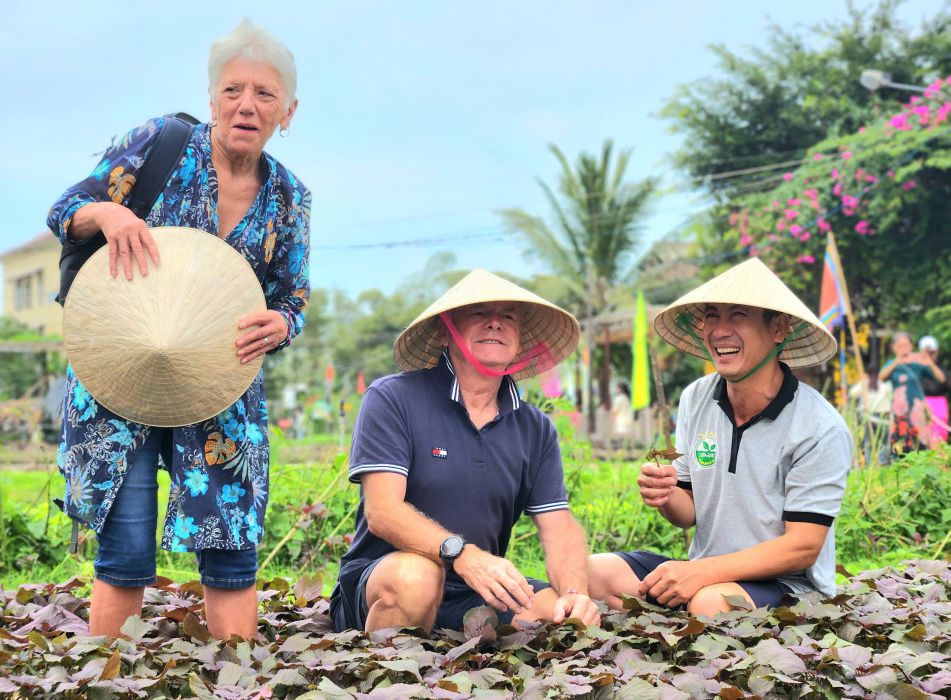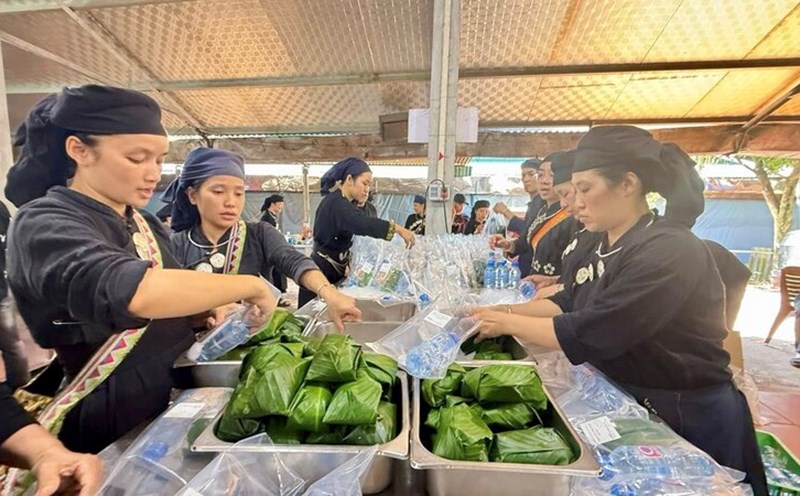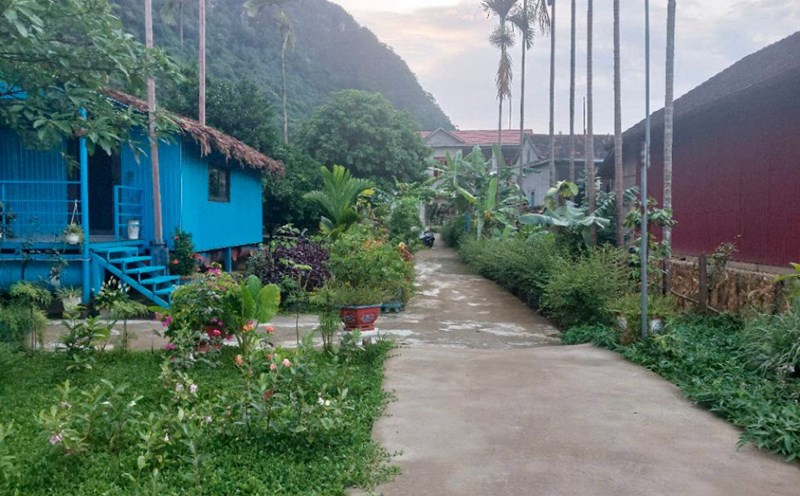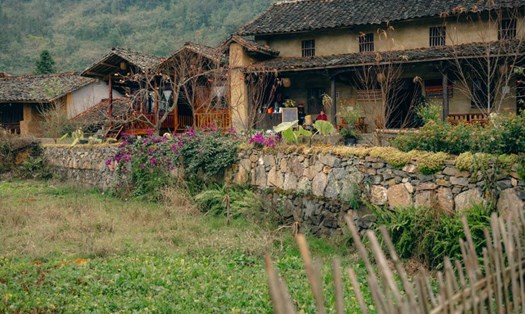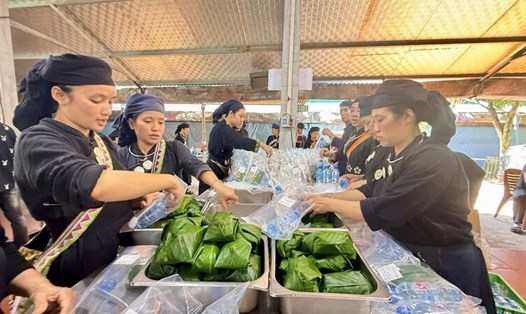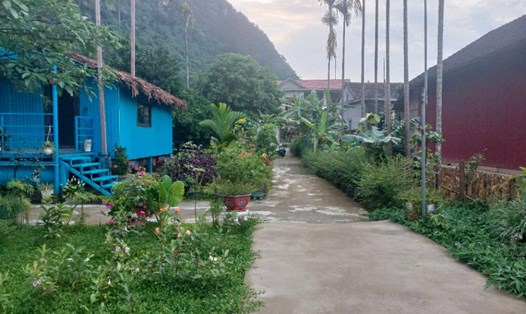Below are 5 villages in Vietnam recognized by the United Nations Tourism Organization (UN Tourism) as "The World's Best Tourist Village".
Lo Lo Chai (Tuyen Quang)
Lo Lo Chai village is located in Lung Cu commune, 154km from Ha Giang ward, at an altitude of about 1,470m above sea level. Coming here, visitors will be overwhelmed by ancient earthen-walled houses, yin-yang tiled roofs, and moss-covered stone fences.
The whole village has 120 households, mainly Lo Lo people, of which 56 households are tourism workers. Most of the remaining households grow corn, rice and cook traditional wine. Unique cultural features such as brocade weaving, embroidery, traditional rituals are preserved and cleverly introduced to visitors.
With a cool climate, beautiful scenery, friendly people and unique culture, Lo Lo Chai is a tourist destination with great potential for development in Tuyen Quang.
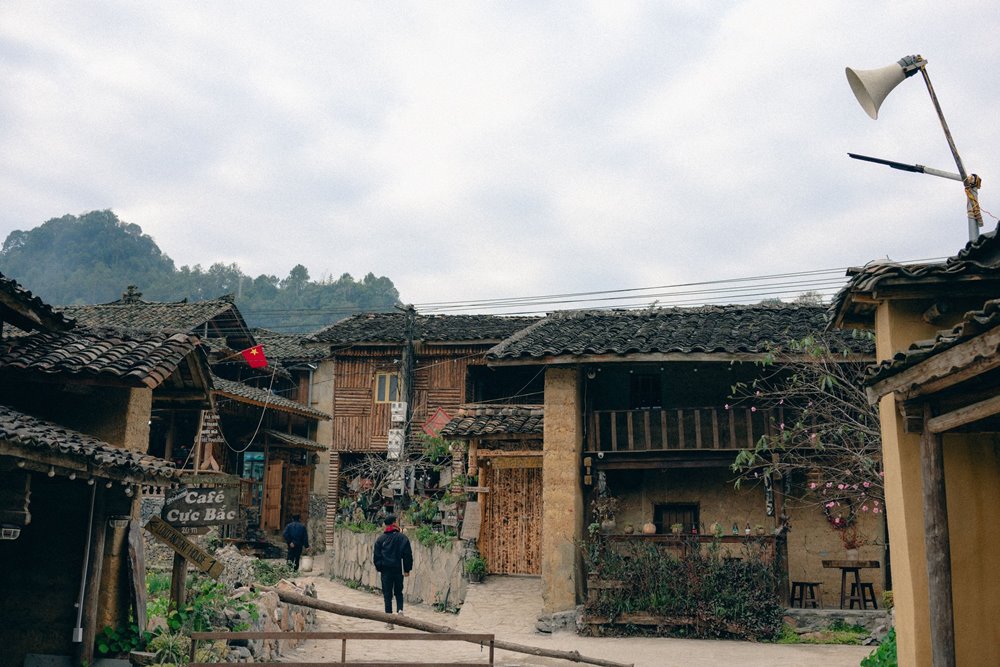
Quynh Son (Lang Son)
Quynh Son is located in Bac Son, Lang Son province, about 80km from the center of Lang Son city.
Located at an altitude of more than 600m above sea level, Quynh Son is surrounded by rows of limestone mountains and poetic winding rivers and streams. In particular, more than 400 Tay households living here have built houses facing south, with wooden floors and Yin-yang tiled roofs. This creates uniformity and uniqueness in architecture.
With the majority of the population being the Tay ethnic group, Quynh Son has many unique and attractive cultural features. Here, visitors can experience brocade weaving, holidaying, cooking corn, participating in the season festival with games of throwing con, swinging...
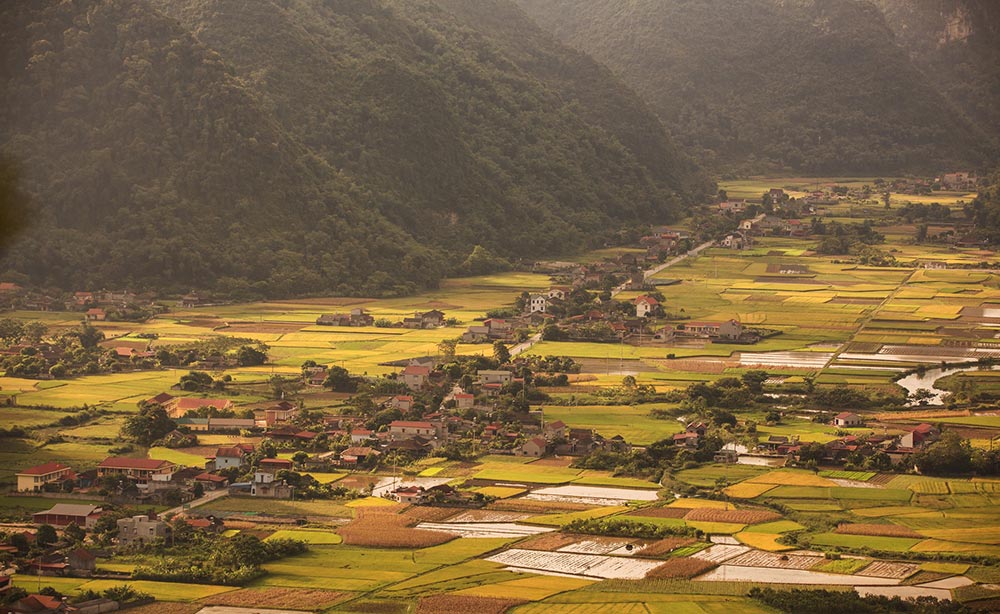
Thai Hai (Thai Nguyen)
12km from the center of Thai Nguyen, Thai Hai ecological village is home to the Tay and Nung ethnic groups.
What makes Thai Hai special is its unique community model. More than 150 Tay and Nung people live in the village in the spirit of "eating a pot of rice together, spending a bag of money together", both preserving ancestral culture and developing sustainable tourism.
Visitors can choose to experience walking around the cool green tea forest, enjoying rice, stream fish, and wild vegetables. In the evening, everyone was immersed in the Then singing melody, in the bustling industrial music of the local people.
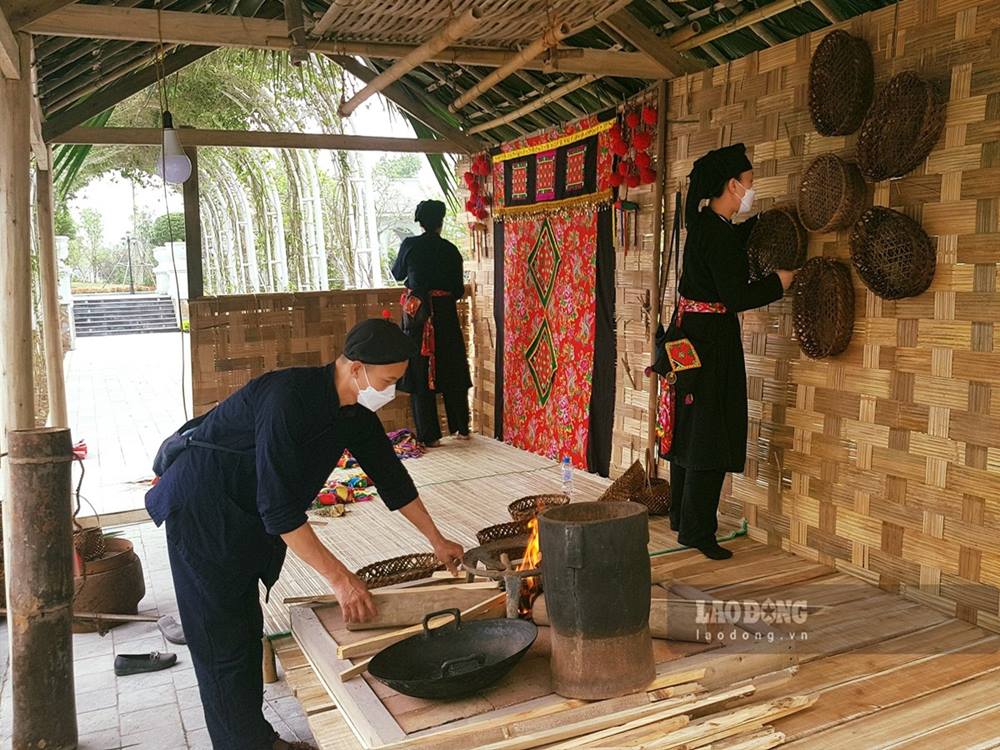
Tan Hoa (Quang Tri)
Tan Hoa possesses a "charming" landscape with four sides of steep limestone mountains, a green flat valley, and the winding Rao Nan River. Not only nature, Tan Hoa also retains many unique cultural features of traditional festivals, lifestyle associated with mountains, caves, and grasslands of the Nguoi ethnic group.
Once known as the "flood center" of the Central region, the most unique point that helps Tan Hoa be recognized by the world as a weather- adapted tourism model. People create floating houses and homestays to prevent floods so that when the water rises, they can still ensure the safety of people and tourists.
In addition, a cave system like Tu Lan put into professional exploitation with many trekking and discovery tours also helps Tan Hoa from a remote village to a famous tourist destination both domestically and internationally.
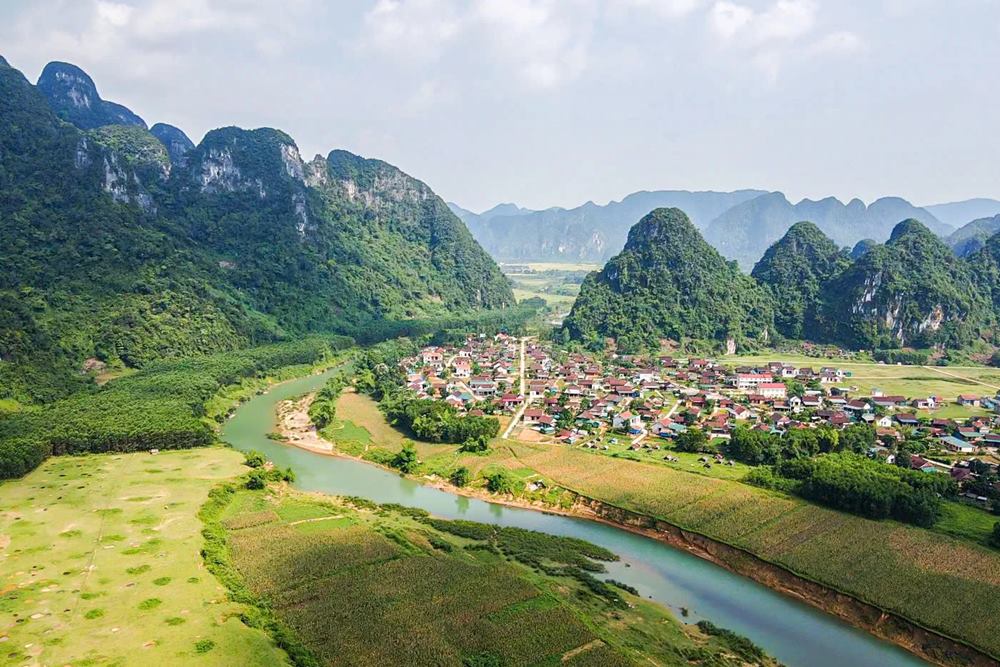
Tra Que (Da Nang)
Tra Que vegetable village in Hoi An Tay ward, Da Nang city is located about 2.5km from the center of Hoi An ancient town.
Tra Que village has a history of more than 300 years, long famous for growing herbs and green vegetables. In 2022, the Tra Que vegetable growing profession was recognized by the Ministry of Culture, Sports and Tourism of Vietnam as a National Intangible Cultural Heritage.
Located on alluvial land, Tra Que retains vegetable cultivation methods close to nature, using few or no strong chemicals, promoting the value of land, water and indigenous life. Tourists coming to Tra Que not only sightsee but also participate in the process of planting, harvesting vegetables, and learning how to take care of the garden.
